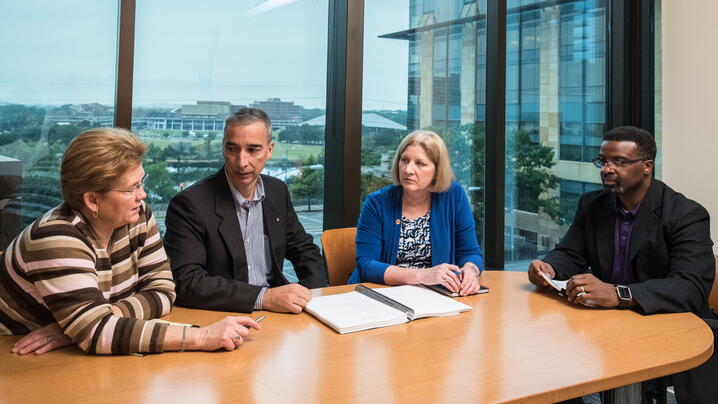
In 2000, ICMA released an IQ Service Report on Continuous Learning: A Leadership Challenge. It states that there are many ways to define learning in the workplace. One definition of learning in an organizational context is that learning is a change in behavior or organizational members based on experience. The definition suggests that experience changes one's belief or assumptions. Changed beliefs or different assumptions lead one to modify behavior. Thus, experience drives learning. And, changed behavior is THE sign of learning.
To get a better feel for properly defining learning in an organizational context, let us identify a variety of learning activities. In the workplace, one can learn from many activities such as: (1) having challenging work, (2) reflecting on experience, (3) customer relationships, (4) field trips, (5) visits to other public and private organizations, (6) cross-training, (7) job rotation, job enrichment, job enhancement, (8) general or specialized education programs, (9) networking, (10) skills training courses, (11) teaching, monitoring, coaching, and more!
If learning in the workplace is critical in an organization's effort to adapt to accelerating change, what is the role of leaders in promoting continuous learning? Below are nine leadership strategies that can help develop a positive environment for learning.
1. Build vs. Lead
Great leaders are thoughtful men and women who build the organization over time. In short, great leaders do not lead – they build. Peter Senge, who promoted the concept of learning organizations, has suggested that a more appropriate image of the successful leader is a “gardener” who provides nutrients so that plants can thrive in the garden.
2. Promote Learning as a Core Value
If managers and other employees are to focus on learning, then leaders must help establish learning as a core organizational value. The leader must be able to articulate the tangible benefits of learning to employees as well as the local government and tie key organizational initiatives to workplace learning.
3. Model Attitudes and Behavior Conducive to Learning
Leaders must learn modeling. The most powerful way that people learn is through modeling. Consequently, leaders need to ask themselves: (1) Am I questioning our organizational assumptions and practices?; (2) Am I taking risks?; (3) Do I search for new experiences?
4. Allocate Resources
Certainly, a leader needs to fund learning activities (e.g., benchmarking visits, conference fees, tuition reimbursement). Just as important, however, is allocating nonmonetary resources such as giving employees time away from the office; providing backup office coverage for employees in training; and encouraging time-outs to reflect.
5. Provide a Professional Safety Net
A leader must not only model risk taking (an essential element to any organizational learning), but the leader must also protect employees who take calculated risks. To help create a safe environment, they must promote a professional safety net as a key organizational value and find opportunities
to demonstrate that risk-taking employees are valuable and will be
protected (if not celebrated) when they fail.
6. Challenge People to Stretch
Leaders need to create “stretch goals” for employees and challenge them to take on difficult yet important assignments outside of their normal comfort zones. With the proper support and encouragement, employees then have the opportunity to learn additional skills, acquire and apply new knowledge, and test their capabilities.
7. Promote a Diversity of Opportunities
Since there is no best way to learn, leaders need to ensure that people can take advantage of an array of learning activities. General education and training classes, team experiences, online courses, citizen participation efforts, debriefings, job rotation, and pilot projects all are valuable opportunities in order to
learn through experience, reflect, and then share and apply the lessons
learned.
8. Reward and Celebrate Learning
Of course, the best reward is often public acknowledgement. Employees who learn and share and apply their knowledge can be celebrated in “applause-o-grams,” “bravo cards,” the city manager’s weekly report to the city council, the employee newsletter, the intranet, and impromptu bagel and donut parties with their co-workers.
9. Support Learning, but Don’t Direct
Leaders cannot force learning. For instance, “volunteering” employees to participate in training sessions or other learning activities is ultimately counterproductive. Learning must be self-motivated. Leaders can only help create a positive learning environment.
New, Reduced Membership Dues
A new, reduced dues rate is available for CAOs/ACAOs, along with additional discounts for those in smaller communities, has been implemented. Learn more and be sure to join or renew today!
